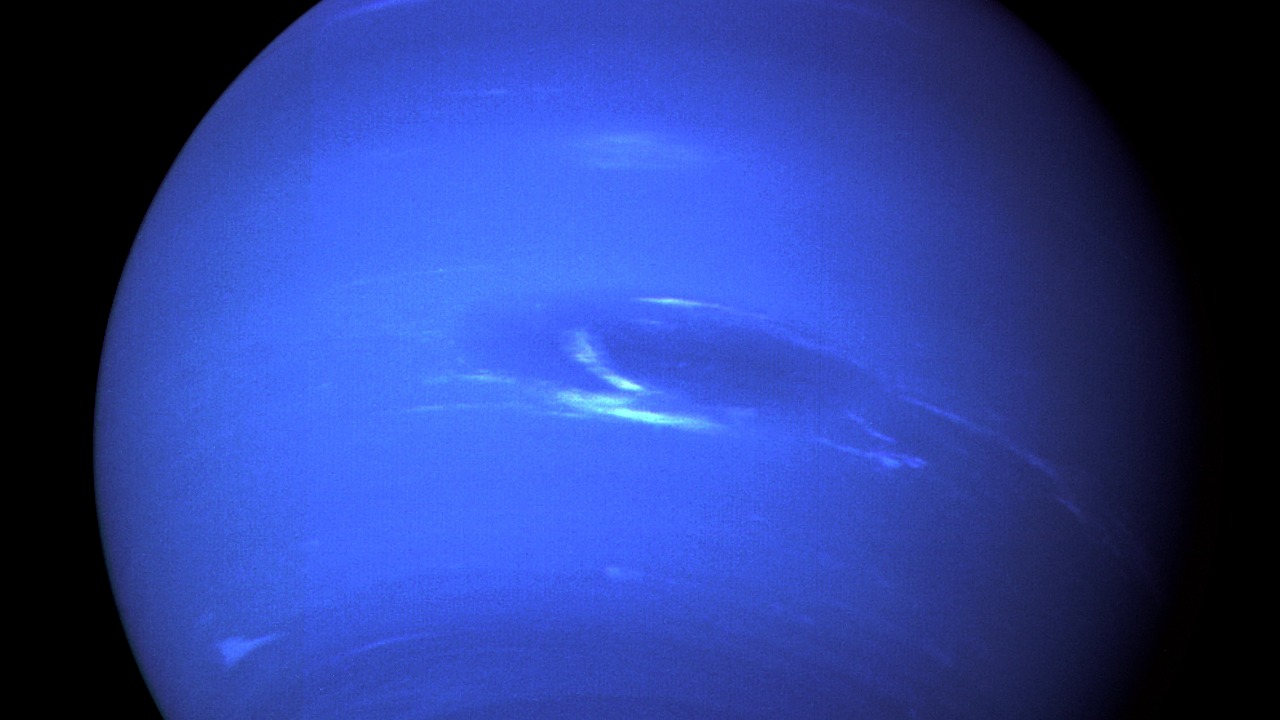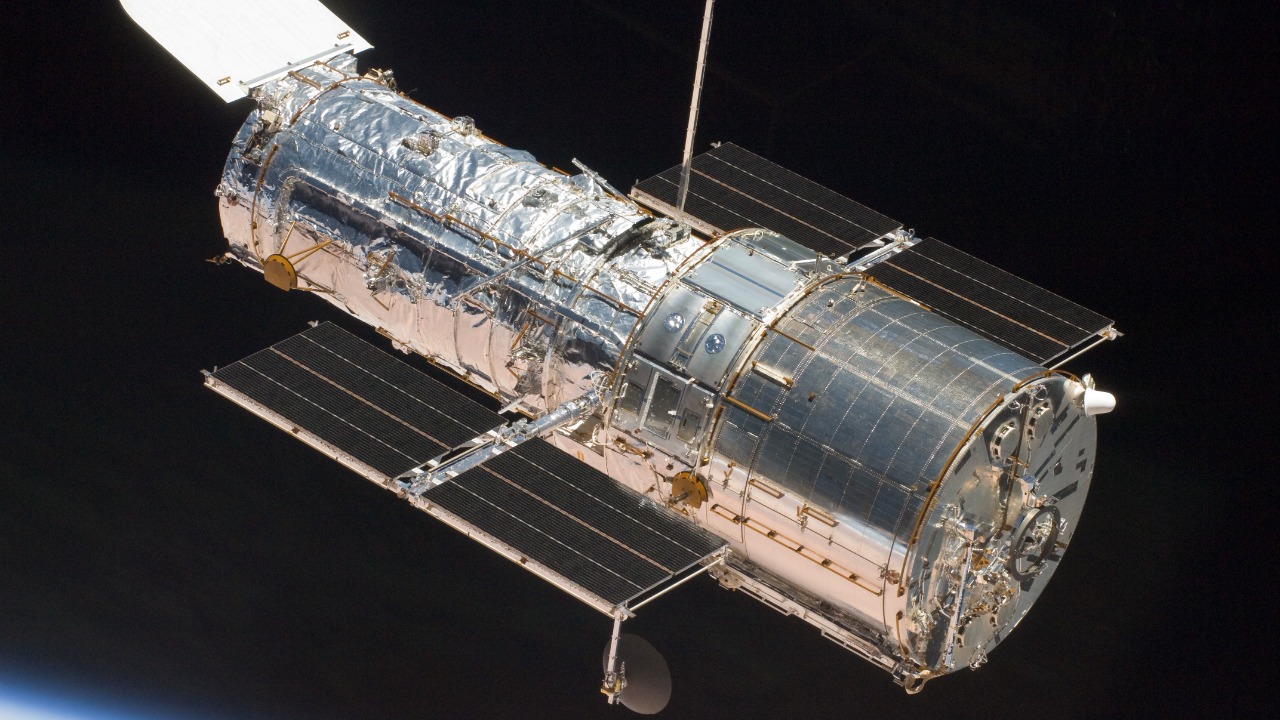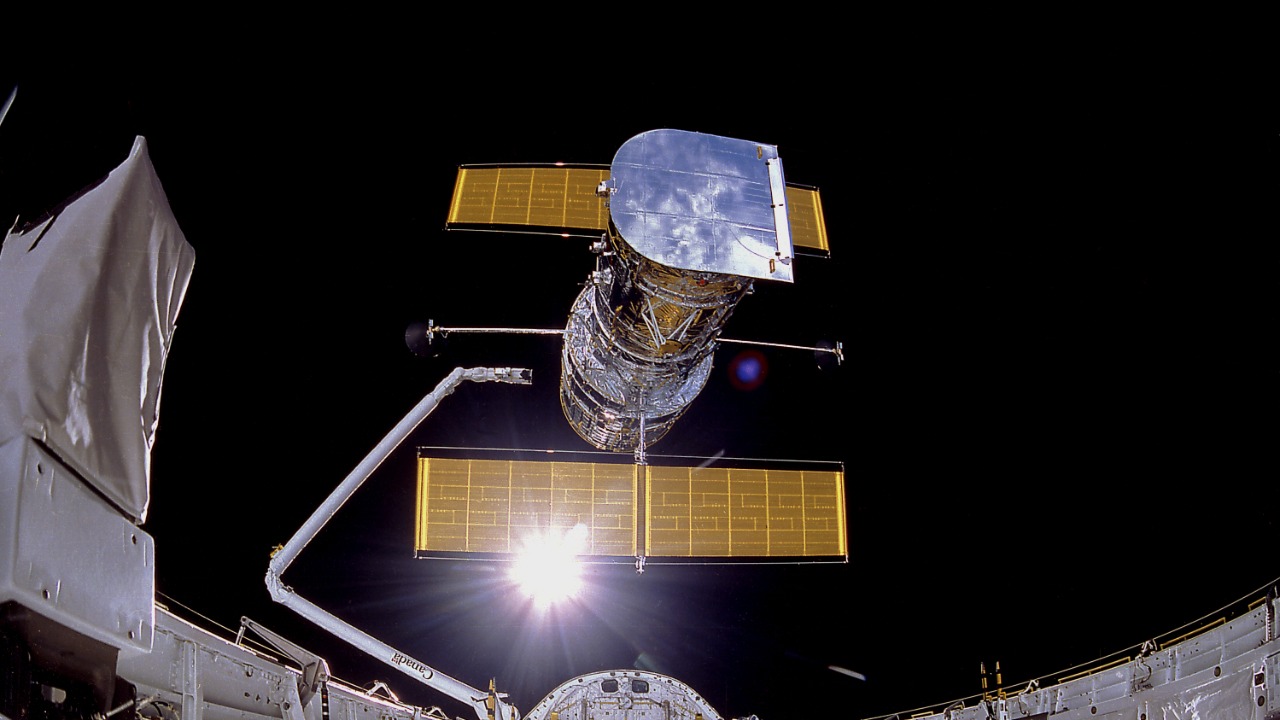
Neptune, the farthest planet from the Sun, has long been a subject of fascination for astronomers, especially due to its dynamic and tumultuous atmosphere. Recently, scientists have observed an intensification of storms on Neptune, raising questions about the underlying causes. This phenomenon opens up new paths to understanding planetary weather systems and the forces that drive them.
The Mysterious Nature of Neptune’s Atmosphere

Neptune’s atmosphere is a captivating mix of hydrogen, helium, and methane, with the latter giving the planet its distinctive blue hue. This gaseous composition forms the backdrop for some of the most dynamic weather patterns in the solar system. Winds on Neptune can reach speeds of up to 1,200 miles per hour, far exceeding those found on Earth. These high-speed winds contribute to the formation of massive storm systems that move across the planet’s surface, creating a constantly shifting atmospheric landscape.
Historical observations of Neptune’s storms provide a glimpse into the planet’s volatile weather. The Great Dark Spot, discovered by Voyager 2 in 1989, was one of the most notable storm systems ever observed on the planet. These early observations laid the groundwork for modern studies, aided by advancements in telescopic technology. Today, scientists are equipped with powerful tools that allow them to observe Neptune’s atmosphere in unprecedented detail, leading to new insights into its stormy behavior.
Recent Intensification of Storms

Recent observations from the Hubble Space Telescope and other observatories have revealed an increase in storm activity on Neptune. These findings are based on meticulous data analysis, leveraging cutting-edge telescopic and computational technologies. By tracking the movement and evolution of these storms, scientists can measure the intensity and frequency of storm events, providing vital clues about the dynamics of Neptune’s atmosphere.
There are several theories regarding the potential causes of this storm intensification. One hypothesis suggests that internal heat sources within Neptune may play a significant role in driving atmospheric dynamics. Unlike Earth, Neptune emits more heat than it receives from the Sun, which could contribute to the formation of powerful storms. Additionally, external factors such as solar activity may influence the intensity of these storms. Understanding the interplay between these internal and external forces is crucial for unraveling the mysteries of Neptune’s turbulent weather.
Technological and Methodological Advances

Recent advances in telescopic technology have significantly improved our ability to observe Neptune from Earth. Instruments with higher resolution and sensitivity enable astronomers to capture detailed images and data, even from vast distances. These technological innovations, combined with sophisticated computer modeling and simulations, allow researchers to predict and understand the behavior of Neptune’s storms with greater accuracy.
The study of Neptune’s atmosphere is characterized by international collaborations and research efforts. These collaborations bring together experts from various fields, including astronomy, meteorology, and planetary science. By combining their expertise, scientists can develop comprehensive models of Neptune’s weather systems, providing valuable insights into the planet’s atmospheric dynamics. The significance of these multi-disciplinary approaches cannot be overstated, as they enhance our understanding of not only Neptune but also other planetary bodies.
Implications for Planetary Science and Beyond

Studying Neptune’s storms offers valuable insights into planetary weather systems across the solar system. By comparing Neptune’s atmosphere with those of other planets, scientists can gain a deeper understanding of how different atmospheric conditions influence weather phenomena. This knowledge has broader implications for climate science and atmospheric studies, as it helps refine models of atmospheric behavior on Earth and beyond.
The intensification of storms on Neptune may also provide clues about the planet’s history and evolution. Understanding the factors that drive storm activity can shed light on the processes that have shaped Neptune over time. These insights contribute to our broader understanding of the solar system’s formation and the behavior of exoplanets in distant star systems. By studying Neptune, scientists can refine theories about the formation and evolution of planetary systems, offering a glimpse into the processes that govern the cosmos.
The Future of Neptune Exploration

Looking ahead, several missions and observational campaigns are planned to further explore Neptune and its atmosphere. These initiatives aim to build on recent discoveries and enhance our understanding of the planet’s dynamic weather systems. By deploying advanced instruments and technologies, these missions have the potential to uncover new information about Neptune’s atmosphere and its underlying processes.
Public and scientific interest in Neptune’s storms is growing, fueling further investment in planetary science. This interest underscores the importance of public engagement and education in sustaining exploration efforts. By fostering a deeper understanding of Neptune and its enigmatic weather, we can inspire future generations to continue exploring the mysteries of our solar system. As we look to the future, the potential for new discoveries and technological breakthroughs is immense, promising to expand our knowledge of the universe and our place within it.